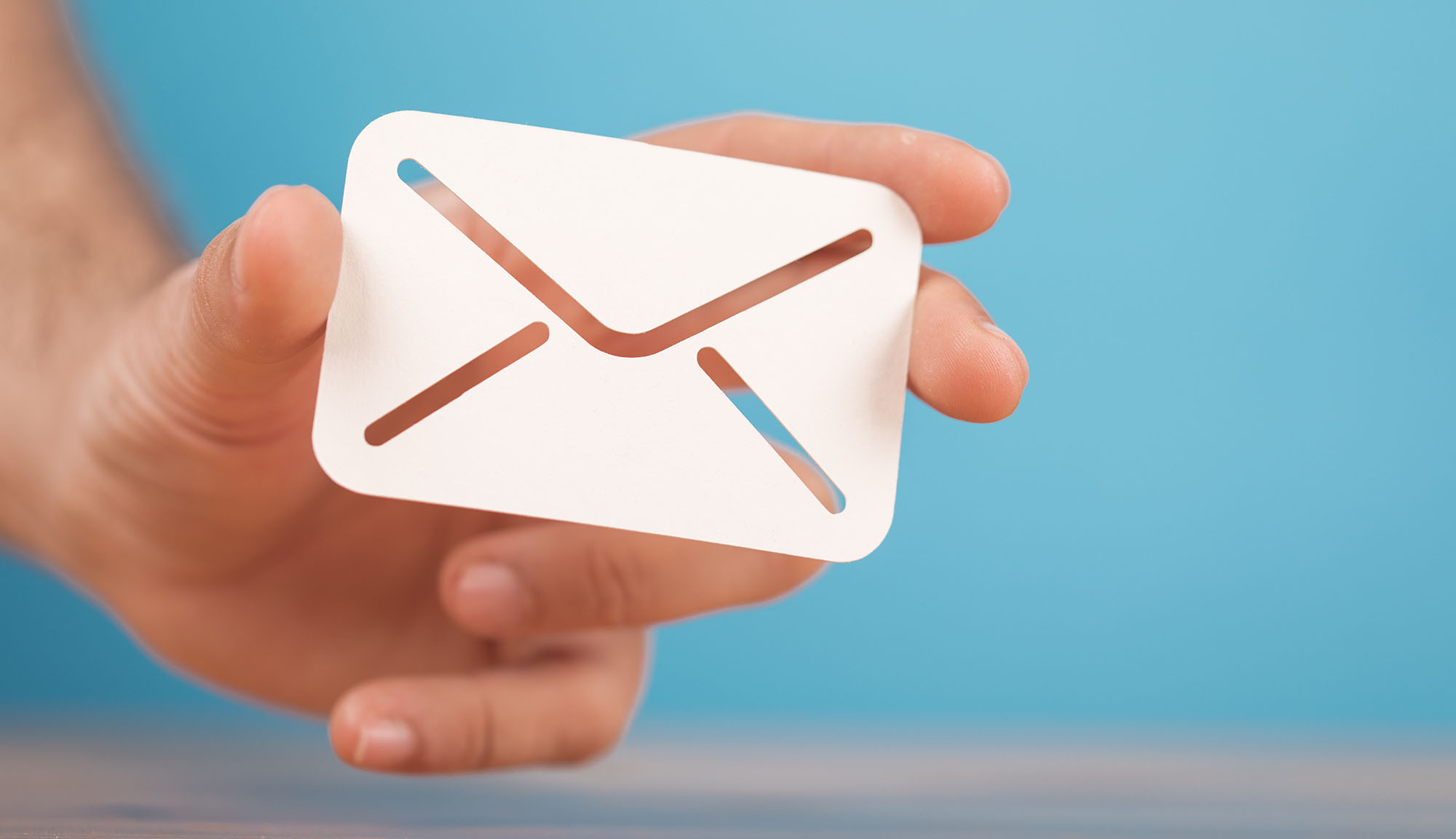When it comes to increasing the open rate of your emails, there is one area that is often forgotten about: the subject line. Your audience’s time is valuable, don’t assume they want to read what you’ve written. The subject line is often the first impression you will make and can therefore make a huge impact on whether your email campaign is successful or not.
“Research shows that short subject lines get the highest performance. How short? Data suggests that under 15 characters maximizes your open rate while 28-39 characters maximizes your click rate. Some industry thought leaders, such as hubspot and MailChimp, recommend restricting your subject lines to 50 characters max.”
So what makes a great subject line and how can you use this within your own campaigns? Here are a few of dos and don’ts you definitely want to read.
Do:
- Make sure it’s clear who your email is from. You don’t want your recipients to be confused when your email shows up in their inbox.
- Use questions. A recent study by Mailchimp found that subject lines phrased as questions performed better than similar subject lines that were phrased as statements.
- Keep it short. We’ve already stated that people are short of time and you’ve got to respect this. The same study by Mailchimp found that longer subject lines performed worse than shorter ones. Keep it under 50 characters. Short subject lines, specifically with fifteen characters or fewer, have the highest open rates.
- Be specific. It should be obvious what your message is. Leaving your recipients guessing can cause frustration and lead them to ignore or delete your email.
“When it comes to email marketing, the best subject lines tell what’s inside, and the worst subject lines sell what’s inside.”
– Mailchimp
5. Include a call to action. Sometimes, it’s helpful to clearly inform readers what their next step should be. Otherwise, their eyes will just skim right over your subject line without understanding that an action is required on their part.
In conclusion, your email subject lines need to be optimized if you are looking to get the best results from your email marketing campaigns. Many of the best practices are easy to implement and don’t cost money. Remember to carefully choose your subject line to succeed.





